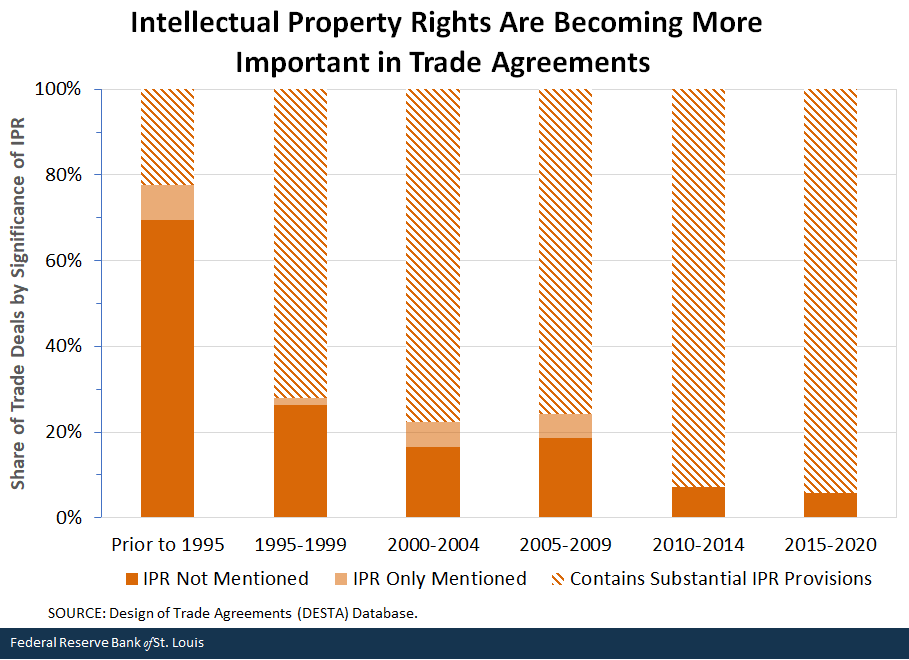In the fast-paced world of innovation and creativity, intellectual property (IP) stands as the cornerstone of protecting and fostering breakthrough ideas and artistic expressions. Intellectual property protection is not just a legal formality; it's a critical asset for businesses and creators, ensuring their inventions and creations remain their own. From the intricate designs of technology patents to the unique narratives covered by copyrights, understanding the layers of IP protection is essential for anyone looking to navigate the complexities of the modern business and creative landscapes.
Understanding Intellectual Property Protection
Intellectual property protection serves as the guardian of innovation, creativity, and brand identity. At its core, intellectual property protection ensures that inventors, artists, and businesses retain the rights to their creations, offering them the exclusivity to use, modify, and monetize their works. This exclusivity not only rewards creativity but also promotes a healthy competitive environment, driving further innovation and development across industries.

Why Protect Intellectual Property?
Protecting intellectual property is pivotal for multiple reasons. It provides legal recognition, offering a competitive edge in the market by safeguarding one's creations against unauthorized use or replication. Moreover, it forms the foundation of brand identity, distinguishing a business's products or services in a crowded marketplace. Beyond the immediate benefits, intellectual property protection is a key driver of economic growth, encouraging investment in research and development by assuring innovators and creators that their investments are safeguarded.
The Role of Patents and Copyrights
At the heart of intellectual property protection lie patents and copyrights, each serving a distinct purpose in the protection of innovation and creativity. Patents offer protection for new inventions, granting inventors exclusive rights to their creations for a specific period. This ensures that inventors can reap the benefits of their work, providing a vital incentive for ongoing innovation. On the other hand, copyrights protect original works of authorship, including literature, music, and software, ensuring creators maintain control over their creative expressions.
Understanding the distinctions between these forms of intellectual property protection and how they apply to various assets is crucial. For instance, while patents may protect a new technological invention, copyrights safeguard the creative content that may reside within that technology. As for logos and brand identities, these are typically protected under trademark law, highlighting the importance of recognizing which type of intellectual property can protect your company's logo and other brand elements.

Patents: Securing Innovations
Patents play a pivotal role in the realm of intellectual property protection by safeguarding inventions and innovations. A patent grants the inventor exclusive rights to their creation, typically for 20 years, allowing them to prevent others from making, using, selling, or distributing the patented invention without permission. This exclusivity is crucial for recouping the investment made in developing new technologies and products.
How Do Patents Protect Intellectual Property?
Patents protect intellectual property by legally recognizing an invention as the property of the inventor. To be patentable, an invention must be new, useful, and non-obvious. The patent application process involves a thorough examination of the invention to ensure it meets these criteria. Once granted, a patent provides a legal framework to take action against infringers, thereby deterring potential unauthorized use and encouraging fair competition.
The Global Implications of Patent Protection
The protection offered by patents is not universal; it varies significantly across different jurisdictions. This means that an invention patented in one country may not be protected in another unless the inventor secures patents in those countries as well. The World Intellectual Property Organization (WIPO) and the Patent Cooperation Treaty (PCT) facilitate the process of applying for patents in multiple countries, highlighting the importance of understanding how intellectual property protections differ across the world.
Copyrights: Safeguarding Creativity
Copyrights serve as the backbone of protection for literary, artistic, and musical works, among others. By automatically protecting original works of authorship from the moment of creation, copyrights empower creators with exclusive rights to use, reproduce, distribute, and display their works.
The Scope of Copyright Protection
Copyright protection extends to any original work of authorship fixed in a tangible medium of expression. This broad scope covers everything from books and articles to software, paintings, and music. Copyright does not protect ideas themselves but the expression of those ideas. Importantly, copyright does not require formal registration in many jurisdictions, offering immediate protection upon creation. However, registering a copyright can provide additional legal benefits, including statutory damages in case of infringement.
Why Copyright Protection Is Crucial for Creators
Copyright protection is fundamental for creators, ensuring they have the control to monetize and distribute their work as they see fit. It encourages the production of creative content by providing a framework that rewards creators for their contributions to culture and knowledge. Understanding why it is important to protect intellectual property in the form of copyrights can inspire creators to continue innovating and enriching the global cultural landscape.
Beyond Patents and Copyrights
While patents and copyrights are cornerstone protections for intellectual property, other forms, such as trademarks and trade secrets, play critical roles in safeguarding different aspects of creativity and innovation.
Trademarks: Protecting Your Company's Logo
Trademarks protect symbols, names, and slogans used to identify goods or services. They are crucial for building brand identity and consumer trust. Which type of intellectual property can protect your company's logo? The answer is trademarks. By registering a trademark, a company gains exclusive rights to use the mark in connection with its products or services, preventing others from using similar marks that could cause confusion.
Trade Secrets and Other Forms of Protection
Trade secrets encompass formulas, practices, processes, designs, instruments, patterns, or compilations of information not generally known or reasonably ascertainable. They provide companies with a competitive edge. Protecting trade secrets requires maintaining their secrecy through confidentiality agreements and other security measures.
Global Perspectives on Intellectual Property Protection
How are intellectual property protections different across the world? The answer lies in the diversity of legal frameworks and enforcement mechanisms across countries. While international treaties and agreements, such as the TRIPS Agreement, aim to standardize aspects of intellectual property protection, significant differences remain in how countries implement these principles. Understanding these variances is key for global businesses and creators to effectively protect their intellectual property worldwide.
Intellectual property protection is a multifaceted domain crucial for fostering innovation, creativity, and competition. From patents and copyrights to trademarks and trade secrets, understanding the different forms of IP protection and their global implications is essential for anyone navigating the modern landscape of business and creativity. As we continue to push the boundaries of technology and art, the importance of safeguarding these advancements through intellectual property rights has never been more apparent. Embracing these protections empowers creators and innovators to thrive, contributing to the collective progress of societies around the globe.










